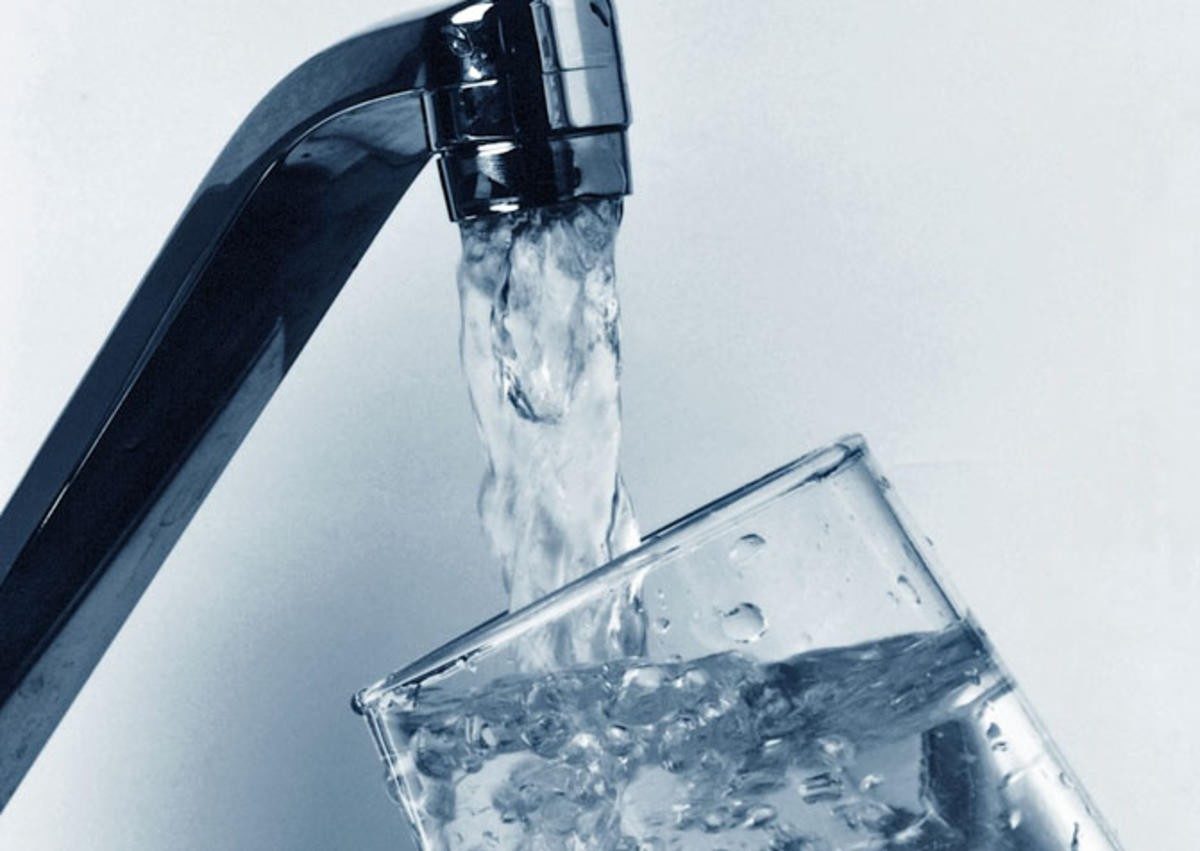
The availability of uncontaminated, high-quality drinking water is a basic determinant for human, animal and plant survival. Water is mostly used for bathing, drinking, cleaning and many other everyday things that need nothing but clean water. Even if the water is treated at the source, there still exists the risk of accessing water that may contain untreated particles which are unsafe for consumption. While the water used in an area might have been tested and protected at the source, there are always a chance that the contamination takes place somewhere between the source and the receiving end. As water moves from one course to another, even a little exposure can lead to contamination in the water and it then flows along with it, reaching thousands of colonies and societies.
Unaware of the extent of water pollution in recent times, most people do not pay much attention to the quality of water they receive and consume. Though the contamination may not always be visible, it can be pretty disastrous for health. It can contain harmful levels of bacteria, dissolved lead, pesticides, chlorine or nitrites/nitrates and an inappropriate pH level, which can be significantly harmful and promote bad health.
If you too have concerns about the quality of water in your home, it can be tested for quality by using a home test kit and engaging your senses into determining irregularities. Start with:
- Smelling the water– A sulfurous or rotten egg-like smell can indicate the presence of high levels of bacteria. Whereas, if it smells earthy or musty, there must be deposits of dirt and contamination in your drain, which should be cleaned first, followed by installation of a water purifier.
- Tasting the water – If the water tastes foul and metallic, it can be a result of low pH levels or added excessive minerals in the water. And if it tastes salty or bleach-like, it can have excess chlorine, chloride or sulfate ions.
- Observing the water – Check the water for cloudiness and floating particles. This can be done by holding a glass up directly against light. White clouding particles can be because of the presence calcium carbonate and magnesium.
- Examining the colour – Brownish or yellowish discoloured water generally means upstream pollution in the supply pipe.
- If the above doesn’t work for you, you can go ahead and purchase a Water Quality Testing Kit that contains test strips which when exposed to contaminated water, change colour in the presence of different contaminants.
Knowing the water quality in your area is a serious business, which if ignored, can have both short and long-term health effects. If you see worrying changes in the quality of water, do not dither to seek out expert help. There are several products available that provide high quality consumable water through double purification, for the health of your family.
What you should know about TDS?
Coming to the Total Dissolved Solids, TDS can be the presence of any minerals, metals, salts, cat-ions or an-ions in water. Anything other than pure water or H20 molecules can be counted under TDS and suspended solids. These dissolved solids may come from sources such as silt, leaves, plankton, and industrial sewage or other sources like road salts used during winters and fertilizers used on farms. They may also be a result of exposure to inorganic rocks and air that may contain nitrogen, bicarbonate, sulfur, phosphorus, and other minerals. Flowing water may also collect metals as it travels through the pipes used to distribute water to the consumers. A TDS level above a 1000mg/L is generally considered unfit for consumption and may have highly negative health effects if consumed.
How can one reduce water TDS levels?
After testing the TDS with a TDS measuring device, one might need to get a water purification system installed, preferably a Reverse Osmosis system that effectively removes most contaminants using its semi-permeable membrane.

Leave Your Comments